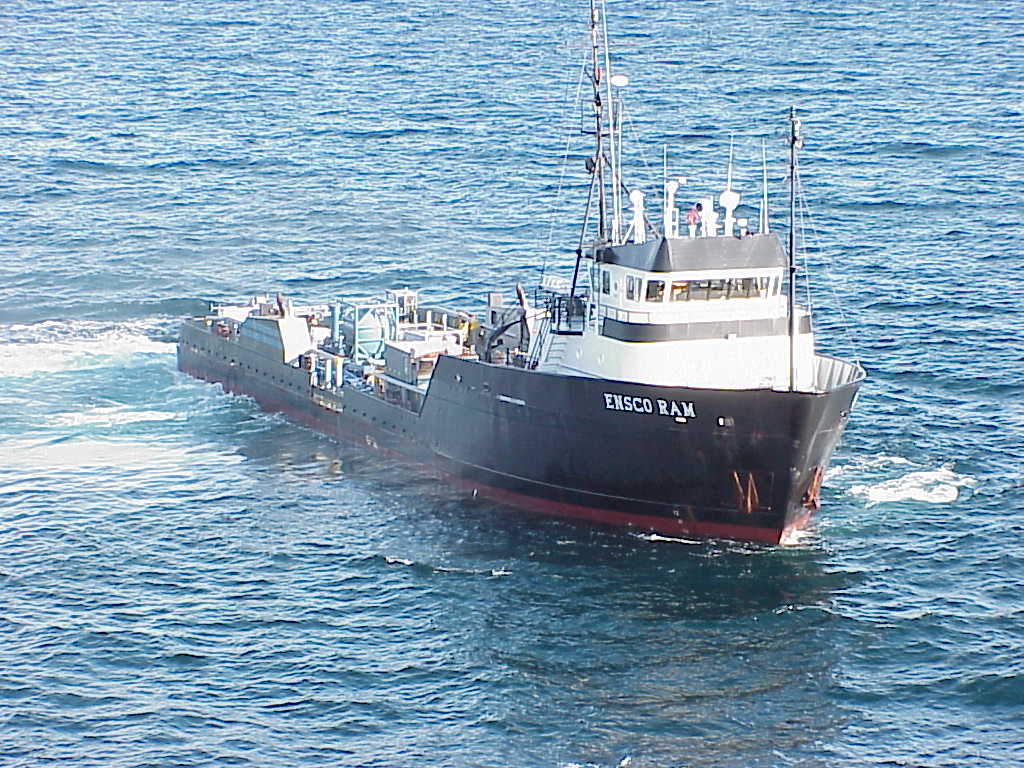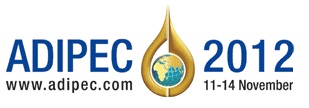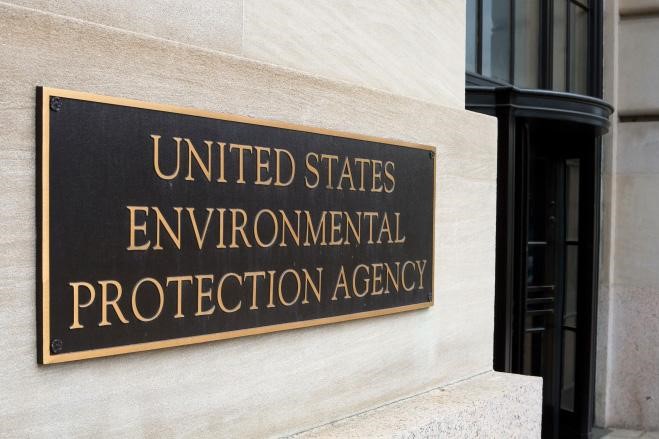
Norway Opens New Arctic Area to Oil Drilling While U.S. Drilling Drops & Canadian Drilling Increases
Recently, the Parliament of Norway voted to open up a new area on the outer edge of the Arctic Ocean to offshore oil drilling. The positive vote was despite protests from opponents who fear the potential of oil spills in the nearby remote regions. The “compromise” in the vote is that this activity cannot occur within 31 miles of the ice’s edge.

Platform Supply Vessel (PSV) that supply offshore oil platforms
With climate transformation on planet, the polar ice caps are receding, with new inaccessible areas are opening up for business in the Arctic. Ironically, a prominent amount of business involves extracting and transporting the fossil fuels that are driving the climate change.
In summer, the Arctic ice cover has dropped by more than 40 percent over the past few decades, making it easy for shipping companies to remain divided over the promise of Arctic shipping. A senior maritime analyst with IHS in Beijing, told the Financial Times that “The Northern Sea Route probably needs another 20 or 30 years of climate change to make it fully viable. And even then, it’s got so many constraints.”
But the Arctic region is observing an increase in other new business ventures as well with its abundance in fossil fuels. Experts guess that 22 percent of the world’s remaining undiscovered oil and gas reserves lie below ice at the top of the globe. One US Geological Survey study estimated that 43 of the 61 significant arctic oil and gas fields are in Russian territory, and the country has been ramping up fossil fuel exploration since 2008. Norway, Greenland, Canada and the US have followed suit.
The controversy over the decision continues in Norway where both environmentalists and opposition within the government say the risk to the sea ice of the Arctic is high in this large region and wanted to protect it from oil and gas drilling. The Barents Sea, shared by Norway and Russia, is already open to drilling. The additional section that was opened by the Norwegian Parliament was an area that was in dispute with Russia until both countries agreed on a maritime border in 2010.
While Norway votes to increase oil drilling activity, drilling in the U.S. has reduced to 1,769 total units while Alaska Governor Sean Parnell (R), is pushing to open the Arctic National Wildlife Refuge (ANWR) to drilling.
In an attempt to control access to these new shipping routes and natural resources, many nations are trying to gain military influence in the Arctic. In 2007, a Russian submarine planted a titanium Russian flag at the base of the North Pole. And in September of this year, Russian President Vladimir Putin announced that the country was re-opening a Soviet-era military base in the Arctic, abandoned for two decades, to help support (and secure) the region’s sea lanes and natural resources. Canada is also holding an increasing number of military drills in the Arctic and is looking at stationing a permanent force there. Norway and the US are watching the region closely.
According to an article in the Oil and Gas Journal, all of the oil and gas drilling losses occurred on land to a total of 1, 682 rigs. The offshore rig count and inland water count both remained unchanged. Rigs drilling for oil lost a total of eight units to 1, 405.
In May, Gov. Parnell sent a proposal letter to Interior Secretary Sally Hewell outlining a plan for the 1002 area of ANWR. He is willing to request $50 million from the Alaska Legislature to support a seismic study with future hopes of a safe drilling plan. This would, however, be contingent on the federal government partnering with Alaska on the program.
While the U.S. count dropped, Canada’s rig count increased by 21 units this week to reach a total of 197. The count includes 147 rid drilling for oil and 50 units drilling for gas. Even though this count shows an increase, the unit count total is down year-over-year from the June 2012 count. Drilling approval in Canada is managed by the National Energy Board of Canada.
Rishabh Engineering provides multidisciplinary engineering support services to many EPC organizations, serving industry clients across Oil and Gas, Petrochemical, Power and Water treatment. Our parent company, Rishabh Software is a CMMI level-3, ISO:9001 and ISO:27001 certified organization that provides services in Software Development, Business Process Outsourcing (BPO) and Engineering Services Outsourcing (ESO). Rishabh has offices in USA, UK and India with their main delivery center in Vadodara, India.
To know more, talk to us on 1-877-RISHABH (1-877-747-4224) or fill in the Contact Us Form to get in touch with you.
Related Blogs
Related Blogs
Meet Rishabh Engineering at ADIPEC 2012 for Potential Partnerships in Engineering Support Solutions
Rishabh Engineering, a multi-disciplinary engineering support division of Rishabh Software,…
EPA Updates Storage Tank Emissions Requirements
The U.S. Environmental Protection Agency (EPA) has recently released updates…


